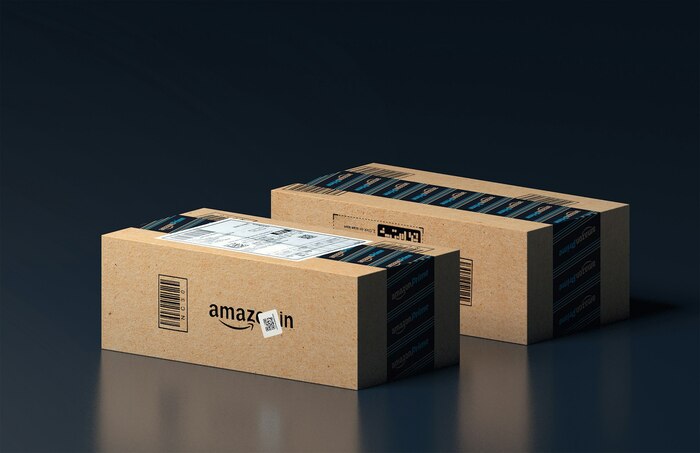Today’s e-commerce landscape is stacked with competition, meaning efficient and effective fulfillment is essential for delivering an exceptional customer experience. There are two main methods of fulfillment most businesses can consider today: direct shipment or drop shipment. Each of these methods has its own unique advantages and disadvantages, and the best choice for your business will depend on a variety of factors. Learn everything you need to know in order to choose the fulfillment method that’s right for your business.
What is Direct Shipment?
First and foremost, direct shipment is the traditional form of fulfillment that you are likely already familiar with when it comes to order fulfillment services for a business. It involves a seller directly managing inventory and fulfilling orders themselves from a warehouse or location that is owned by the business. Typically, a seller will purchase and store inventory products in a fulfillment center of their choice, then pick, pack, and ship items as they are purchased by the customer.
One of the largest benefits of direct shipping is the increased control that a business has over inventory and shipping. Whether it is monitoring stock levels, ensuring the quality of a product, or simply managing shipping costs, direct shipment offers great visibility into inventory. Additionally, direct shipment strategies can provide a more personalized customer experience as the seller can utilize branded packaging or add in promotional “freebies” to boxes if they so choose.
However, direct shipment is typically more costly and time-consuming than alternative strategies. After all, you as the seller will be responsible for all aspects of fulfillment on everything from inventory management to shipping, which can be a challenge for smaller businesses or for those with limited resources.
What is Drop Shipment?
On the other hand, drop shipping is a form of fulfillment that is being more commonly utilized by businesses today. In fact, it’s estimated that 27% of businesses have adopted drop shipping as a primary strategy. This method involves a seller not keeping their product in stock at a company-owned warehouse or fulfillment center. Instead, the seller partners with a supplier who handles all of the inventory and shipping on their behalf. When a customer places an order, the seller simply forwards all the information for the order to the supplier who ships the product directly to the customer.
In this model, the seller becomes more of a middleman rather than a direct supplier, even though they can still sometimes own the product. The primary benefit of drop shipping is that a seller can reduce costs by not needing to manage or own inventory. Without needing to invest in inventory themselves, a seller can branch out and connect customers with different types of inventory. This is particularly helpful for businesses that have a large number of products or seasonal demand. Drop shipping can also sometimes be faster than direct shipment and the products are sent straight from a supplier’s warehouse.
Generally, though, drop shipping gives the seller less control over the product quality and shipping process which is a downside. Any delays or issues experienced by the supplier will trickle down to both the seller and customer which can impact the experience of the latter.
Choosing the Right Fulfillment Method for Your Needs
The best fulfillment method for your business will depend entirely on the budget, objective, and structure of your specific organization. However, the most prominent factors to take into account are:
- Product type: Products that are bulky or require special handling may be better suited for direct shipment to avoid a loss of product quality
- Business model: Businesses with a large product catalog or seasonal demand may benefit from drop shipment due to the ease of inventory management
- Customer expectations: If customers prioritize a personalized experience, direct shipment may be a better option
- Geographic location: Consider the location of your customers and suppliers when evaluating shipping costs and delivery times to see if one method is more efficient
- Technology infrastructure: Assess your existing technology systems and whether they can support drop or direct shipping
Keep in mind that there are some cases where a hybrid approach may be appropriate. For example, a business may choose to directly ship high-margin products while opting to drop ship lower-margin products given the lack of need for personalization.
Find the fulfillment strategy that works best for your business
Ultimately, the decision of whether to use direct shipment or drop shipment should be based on a careful evaluation of your business and the pros and cons of each strategy. Focus in on how those pros and cons align with your business goals and objectives so that you make the right choice for your organization and budget.


